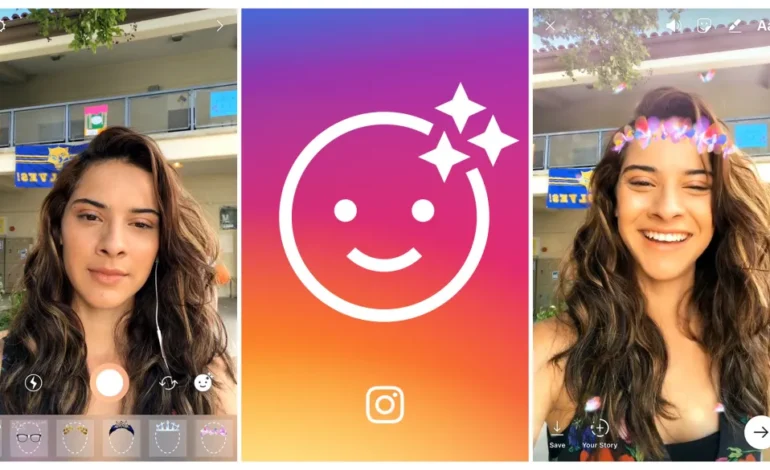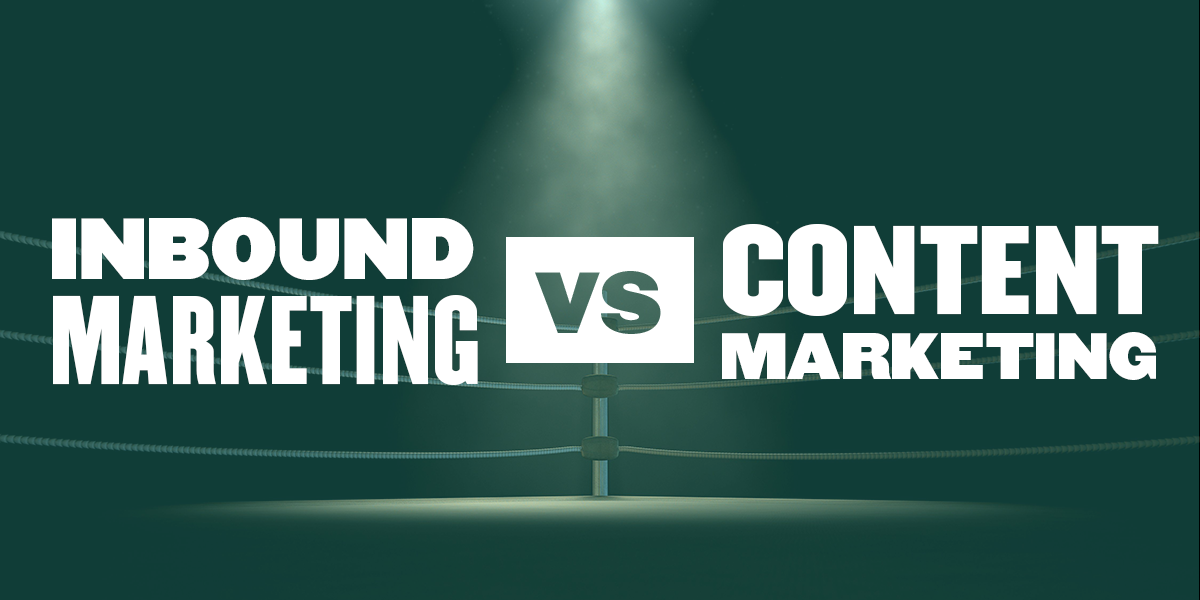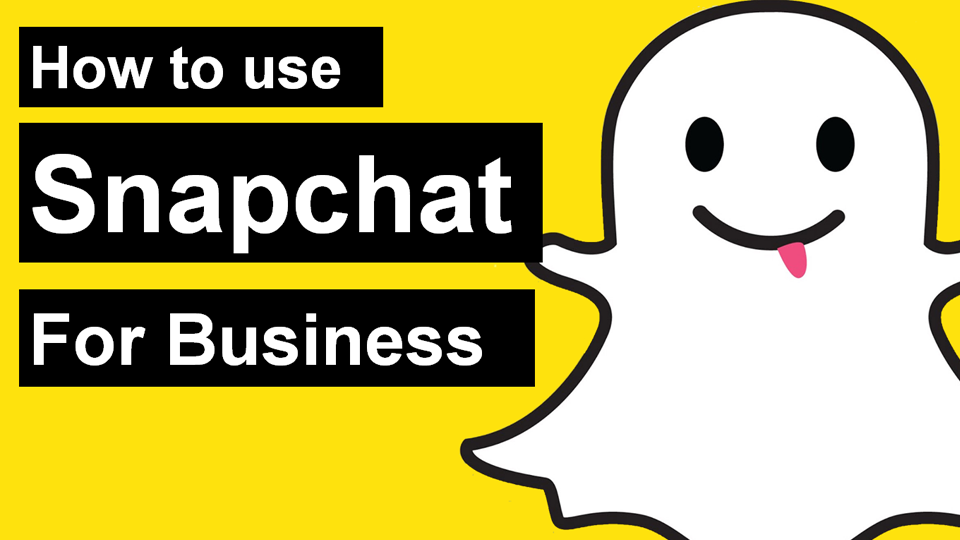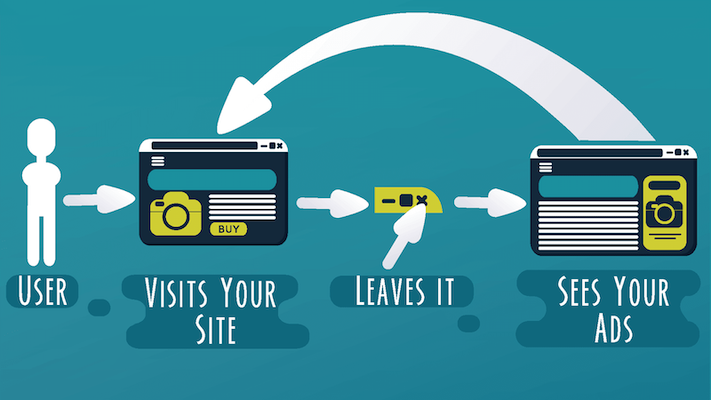Attraction Marketing vs. Inbound Marketing
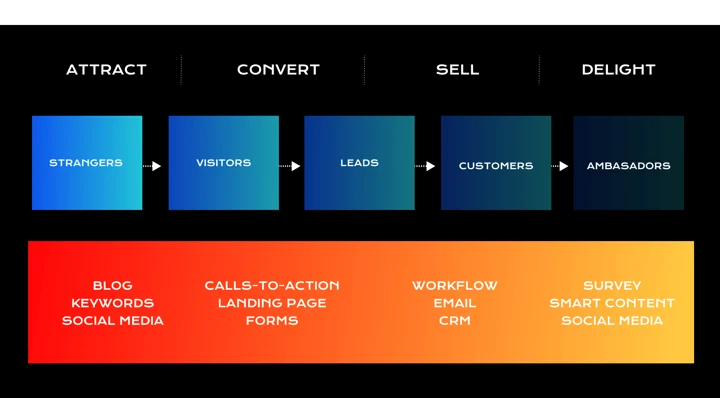
Both terms are essential to understand how online marketing is done today, but there are still many who confuse them or those who believe that one is simply a translation of the other. The truth is that there are some key differences and clarifications that we have to understand at a conceptual level, so let’s put black and white and clarify once and for all how attraction marketing and inbound marketing are similar and different.
What is Attraction Marketing?
Traditionally, Advertising has been based on a “push” methodology, in which the potential customer is impacted without them having any control over it. Think, for example, of television commercials, billboards, or, in the case of online advertising, banners, and interstitials that appear when browsing different pages.
On the other hand, attraction marketing turns this pattern on its head to be based on a “pull” methodology, that is, what we are looking for is for the potential customer to consume the brand’s content voluntarily. Instead of “going hunting”, we put a hook and expect the user to “bite”.
Phases of attraction marketing
This process of customer attraction follows a series of predetermined steps or phases, which we can classify as follows:
- Content creation. The “bait” we put on the hook to attract the customer. Content must always be focused on offering value to the type of user we seek to convert. Typically, the content strategy includes various formats, such as articles, e-books, or video tutorials.
- Optimization. In this phase, we focus on the online positioning of the content through SEO techniques. The goal is for the user to be able to easily find us when they detect that they have a need related to the brand. To achieve this, we need to pay close attention to keyword selection.
- Dissemination. The third phase is based on working on an active presence in Social Media and other brand channels, to get in touch with potential customers and get our content to them.
- Conversion and measurement. Finally, we will seek to convert all the traffic that we have generated in the previous phases so that it becomes a customer of the brand or meets some other objective that we have set. At this stage, we must set quantifiable goals in advance that are linked to the company’s business objectives.
Methods of Attraction Marketing
Attraction marketing uses a variety of methods and techniques to connect with your audience and attract them to your brand. These are the four main ones.
- Content Marketing. In attraction marketing, content is one of the main foundations of the relationship with the customer, as it is the technique used to awaken their interest in the brand. As we have seen, the fundamental thing is that this content provides value to the brand’s typical customers. Within the variety of possible formats and distribution strategies, the brand blog remains one of the most useful resources, as it allows you to combine a variety of formats within a structure that is familiar to users.
- SEO. With very few exceptions, users don’t usually go beyond the first page of Google when searching for information about their topics of interest. For this reason, positioning techniques are essential to be able to occupy the first places and be there when users look for us. Within SEO, we will deal with aspects related to the optimization of our own website (on-page SEO) and to getting links from other sites (off-page SEO).
- Social Media Marketing. Social media marketing is all about being on the same sites as users, interacting with them on a more horizontal level. The networks help us to disseminate content and create a community around the brand, which in the end translates into more audience for our attraction initiatives.
- Dissemination. Within this method, different techniques would come into play to get our message across to more users, from the most traditional public relations strategies, such as sending press releases, to Email newsletters or even paid ads in search engines.
What is inbound marketing?
Inbound marketing is based on a series of non-intrusive techniques designed to attract traffic to the brand’s website, get visitors to leave their information to become leads, and automate marketing in such a way that each lead receives the information they need to end up becoming a customer of the brand.
As part of its methodology, inbound marketing incorporates the concept of the Conversion Funnel, i.e., the different stages that users go through from the moment they hear about a brand for the first time until they become customers. This user journey is made up of three stages:
- The TOFU or “top of the funnel” phase. At this stage, the first contacts with the user take place, who has just identified that they have a need related to our brand. To capture them, we need to have content that responds to generic searches for information about that need, for example, blog articles or infographics.
- The MOFU or “middle of the funnel” phase. Here, we advance in the relationship with the user, as they are more aware of their need and the possible options to solve it. To connect with them, you need to offer them more specialized content, such as video tutorials, expert testimonials, or detailed guides.
- The BOFU or “bottom of the funnel” phase. After considering the possible options, the user is still interested and only needs one last stimulus to become a customer. It’s time to offer you personalized discounts, promotions, and trials.
- The Marketing Automation. It also plays an essential role within Inbound Marketing, in its different aspects:
- User monitoring: through cookies and analytical systems, we obtain information on user behavior that allows us to be more accurate with the content offer.
- Lead generation: it is based on convincing the user who visits us to leave us their data to continue nurturing the relationship with them. For example, offering valuable content in exchange for giving us information in a form.
- Lead scoring: Not all contacts are the same, nor do they have the same value for the brand. Lead scoring is a system for evaluating the quality of users who have left us their data, so that we can know how much interest they have in us and how close they are to converting.
- Lead nurturing: From the time you leave us your data until you are ready to buy, the user goes through a process that usually requires several interactions. Lead nurturing automates these impacts in the form of regular communications tailored to the user’s needs.
- CRM: CRM (customer relationship management) tools are a form of sales automation that can be integrated into the inbound marketing process to achieve more effective lead management.
Inbound marketing and attraction marketing: how they are similar and how they differ
The parallels between inbound marketing and attraction marketing are more than evident. Both methodologies discard push techniques, such as traditional ads, as they prefer to focus on less invasive ways to reach the customer. Instead, they bet on softer methods, in which the user themselves is the one who decides to consume the brand’s content.
Another very important commonality is the role of content marketing, which is at the heart of both inbound and attraction marketing. This resource allows you to attract the type of user who could potentially become a customer of the brand.
As for the differences, an easy way to see them is to think of inbound marketing as an evolution of the concept of attraction marketing, as it brings new resources and a more complete approach:
- Inbound marketing has developed the concept of “buyer persona”, that is, a semi-fictitious profile of our brand’s ideal customer that allows us to better understand their needs and guide the strategy and content based on them. Therefore, segmentation is much more worked within this methodology.
- Inbound marketing incorporates marketing automation, allowing you to skip repetitive tasks and increasingly optimize the entire customer acquisition process. Inbound has implemented techniques such as lead scoring and lead nurturing, which facilitate the entire recruitment process.
- Finally, inbound marketing has developed a process that goes beyond attraction marketing, as it does not end when the sale closes. In the last phase, the relationship with the brand’s new customers continues to be nurtured so that they become loyal to future purchases and become recommenders of products and services.


